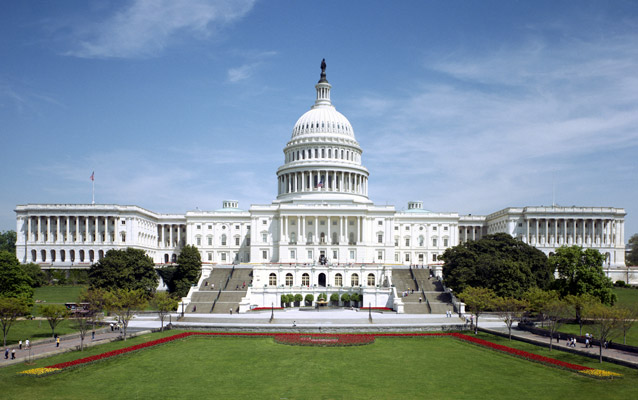Abstract
This class activity uses legislation recently considered by the United States Congress to develop students’ ability to conduct gender analyses of social phenomena. Used in a large, online undergraduate course providing an introduction to the sociology of sex and gender, the activity links with the content in a one-week module on gender, power, and...
Download this resource to see full details. Download this resource to see full details.
Details
- Subject Area(s):
- Political Sociology, Sex and Gender
- Resource Type(s):
- Class Activity
- Class Level(s):
- Any Level
- Class Size(s):
- Any
Usage Notes
Prior to the discussion, students are directed to complete the assigned reading – Chapter 11, titled “Gender, Power, and Politics,” in Thinking about Women: Sociological Perspectives on Sex and Gender (11th ed.) by Anderson (2020). They also are provided with a description of the activity to complete before joining the forum to...
Download this resource to see full details. Download this resource to see full details.
Learning Goals and Assessments
Learning Goal(s):
- Search the U.S. Congress website to select a relevant bill
- Identify the bill’s explicit and implicit gender issues and assumptions
- Assess the bill’s likely effect on women, men, and persons of other genders and on gender inequality
Goal Assessment(s):
- Students concisely summarize the bill they selected for gender analysis
- Students describe the explicit and implicit gender issues relevant to the bill and identify gendered assumptions embedded in it (e.g., gender as a binary; gender’s effect on behavior, attitudes, or emotions)
- Students draw on their knowledge of gender’s influence in various realms of social life (e.g., health, family, paid work) to assess the bill’s likely effect on gender inequality
When using resources from TRAILS, please include a clear and legible citation.


